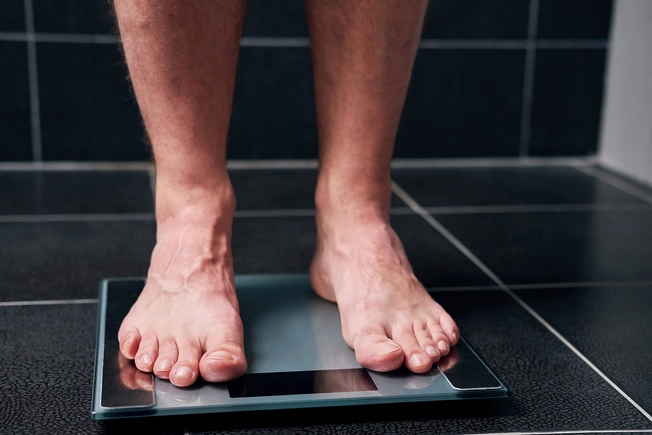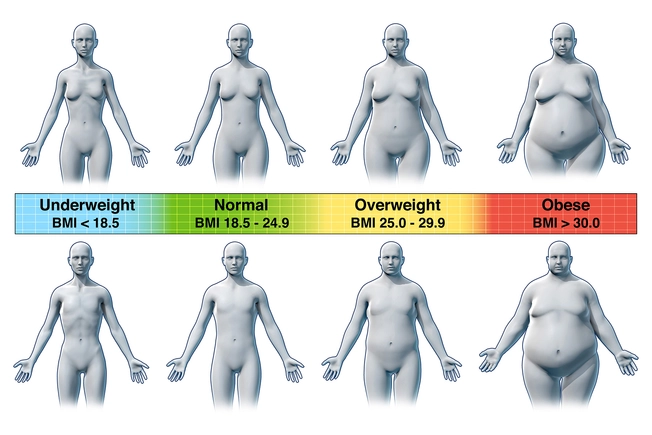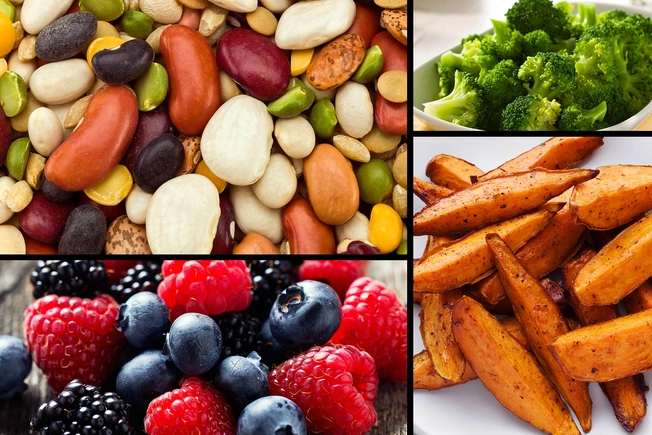Weight Loss Tips You Can Use Now


New Trends You Can Swallow
Plenity is the brand name of a prescription capsule for weight loss. The capsules contain a hydrogel that is taken with water, before eating. They expand in your stomach and make you feel full, then come out as waste. It’s a good option for people who aren’t eligible for surgical treatments.

New: Endoscopic Bariatric Therapy
Bariatric and metabolic surgery, like a gastric bypass or sleeve gastrectomy, help lots of people lose excess weight and improve their health and quality of life. It's even a treatment for type 2 diabetes. These results in significant weight loss and improvement in diabetes. New endoscopic bariatric and metabolic therapies sharply reduce your stomach volume and even tweak other parts of your digestive tract -- with a compact, flexible scope looped through your mouth. The resulting weight loss can help improve blood sugar levels if you also have diabetes. If your BMI is 30 or higher and you have diabetes that is difficult to control, you may be a candidate for bariatric surgery.

Don’t Skimp on Sleep
You might not guess it, but sleep is a big influence on weight. One study found people who go to bed in the wee hours and then sleep late into the morning took in more calories. They also tended to have higher BMIs. (The night owls also cut more corners on meals, ate fewer veggies and fruits, and ordered twice as much fast food). Meanwhile, another study found people who slept less than 7 hours were more likely to be overweight.

Rethink Your Numbers
Pounds, clothing sizes, and calorie counts. You might rely on numbers to keep yourself “in line.” But that can be stressful and defeat your good efforts. Try more positive, useful numbers: Walk 20 minutes a day, get 1 extra hour of sleep at night, eat a cup of veggies at dinner.

5%-10% of Body Weight = A Great Goal
Another healthy way to use numbers: Rather than say, “I want to lose 30 pounds,” aim to lose 5%-10% of your current weight. It’ll pay off, especially when it comes to some other numbers: your blood pressure, cholesterol, and sugar levels. Look at it as that first goalpost. Bonus: This mindset is more likely to stick and help you maintain your weight loss over time.

Exercise to Keep Weight Off
Exercise without changing your eating habits might not help very much. It’s easier to take in fewer calories than burn off more during a workout. Still, studies show people who keep their weight off stay active. The best combo? Half an hour to an hour of activity most days, paired with strength-building exercise that builds muscle mass. Think weights, resistance bands, or even gardening and lifting groceries.

You Don’t Have to Count Calories
Truth: You must take in fewer calories to lose weight. But you don’t really have to count them. One study asked people to not count calories. Instead, they set goals, found social support, and learned healthy eating habits. Even though people chose different diet plans, they all cut at least 500 calories per day -- without counting as they went along. And they all lost about 12 pounds over a year.

Don’t Censor Food Groups
Focus on a pattern of healthy eating rather than going to extremes: low-fat, low-sugar, low-carb, high-protein. Instead of shunning a “bad” food group, simply up your intake of the good stuff 80%-90% of the time: veggies, fruits, whole grains, beans, seafood, lean meat, and nuts. This way, you can enjoy that occasional slice of cheesecake without remorse.

Be Careful With BMI
Obesity is a chronic and progressive condition that is defined as having a BMI (body mass index) of 30 or greater. But while BMI is a good measure to use to define body size and estimate excess body fat. It doesn’t always flag problems such as where the extra fat is stored such as the dangerous fat around your waste. People who measure more than 40 inches (for men) and 35 inches (women) around the waist -- aka “apple” shaped -- are more likely to get heart disease than their pear-shaped peers.

Fat’s Not Foul
Only bad fats are ugly. Mono- and polyunsaturated fats like those in fatty fish, vegetable oils, nuts, and seeds are part of a healthy eating pattern. Simple substitutions include baked, grilled, or steamed salmon or mackerel instead of breaded fish; a drizzle of oil-based dressing on salad instead of the creamy stuff; and fat-skimmed chicken.

A Good Carb, or a Bad Carb?
There are some dodgy carbs out there -- candy, soda, and white bread are just a few. But did you know fiber’s a carb, too? It doesn’t break down into sugar, though. Fiber helps food move along your digestive tract. It can balance your blood sugar, lower cholesterol, and cut your risk of heart disease and diabetes. Fiber-bearing carbs include dried beans of all kinds, broccoli, sweet potatoes, and apples, berries, and oranges.

Obesity Is a Disease
Obesity is a chronic progressive and oftentimes relapsing disease. The term refers to excess body fat; it is estimated as measured through a BMI. It affects more than 1 in 3 adults in the U.S. Many factors contribute to this complex condition and cause excess weight including genetic, hormonal, nutritional, and meds-related.

Go Steady
A recent study found both fast and slow routes to weight loss can help you slim down and lose body fat. But people who took more time to shed pounds lost more inches and fat in the long run. The jury’s still out on which method is more likely to keep the weight off. Still, nutrition experts say you should eat to feel satisfied, peppy, and energized -- don’t starve yourself. The pounds tend to stay off with healthy habits.
